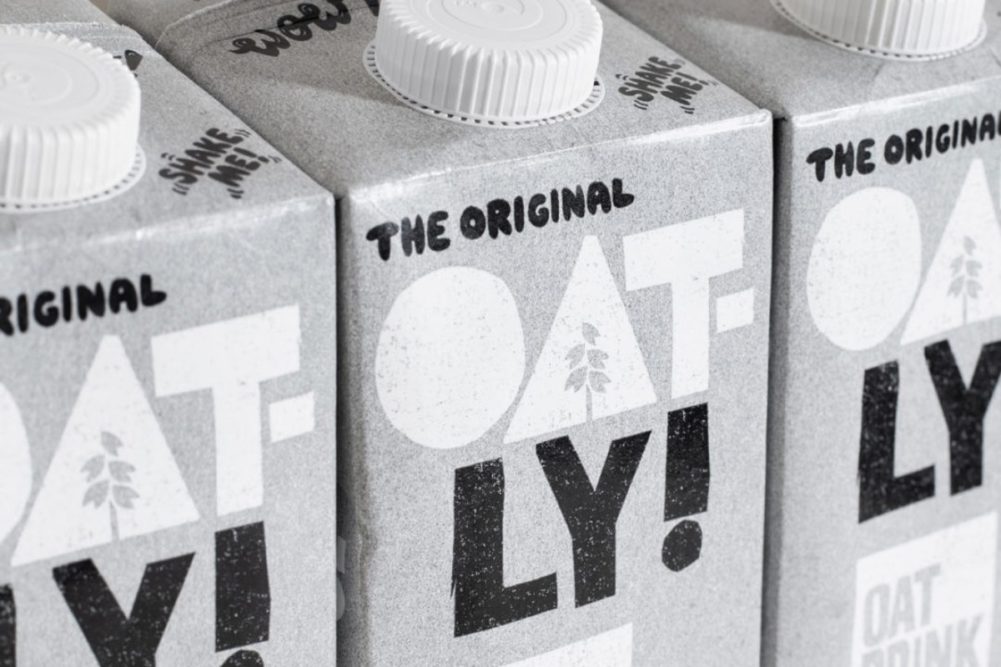ALMO, SWEDEN – Oatly Group AB is tapping the brakes on its growth strategy, downshifting from a breakneck pace to add production as rapidly as possible to a more moderate approach.
Macroeconomic issues like high inflation in Europe and a slowness in China as various regions of the country have gone into and come out of COVID-19 lockdowns led to the change.
The oat-based dairy alternative manufacturer lowered its 2022 capital expenditure forecast from between $400 million to $500 million to a range of $220 million to $240 million. Toni Petersson, chief executive officer, said during an Aug. 2 conference call with analysts that the change represents a tactical shift to balance speed to market with supply chain execution and cash flow management.
“We will continue to prioritize our investments in the regions where our fill rate caps are the highest and, therefore, where need for additional production volumes is the most pressing — Americas and Asia,” he said.
The company raised its sales guidance to a range of $800 million to $830 million, up 24% to 29% over full-year 2021 results. Foreign currency exchange rates account for $35 million of the revision, according to the company.
“The update to our guidance range is driven by our assessment of the overall macro-environment,” said Christian Hanke, chief financial officer. “Although our second-quarter performance was strong on a constant currency basis and in line with the full-year guidance we reiterated at our first-quarter earnings, our outlook for the second half reflects a range of outcomes where there are several external factors that could impact our business performance.”
Hanke said Oatly’s European business is being affected by rising inflation and ripple effects from the war in Ukraine, and that prompted the more cautious approach.
“More specifically, it is impacting the speed at which we are able to expand our distribution footprint in 2022, particularly in foodservice and new markets,” he said.
During the second quarter ended June 30, Oatly recorded a loss of $72 million, an increase over the loss of $59.1 million the year prior.
Quarterly sales rose to $178 million from $146 million the previous year.
“Our velocity has remained stable so far despite the macro-dynamics and continues to be at similar levels as prior quarters,” Petersson said. “Building on this performance and market leadership, we see significant growth opportunities across our channels with product innovation and in new markets.”
In the EMEA (European, Middle East and Africa) business unit, Oatly’s largest, sales rose 5% to $82.5 million. A foreign currency headwind of $10.6 million pressured results, but the unit experienced growth at foodservice and in retail for its oat-based beverage products, the company said.
In the Americas, sales rose 25% to $51.8 million. Additional production from a new processing plant in Ogden, Utah, drove the sales growth. Approximately 55% of the Americas revenue was from the retail channel in the second quarter of 2022, according to the company.
In Asia, sales were $43.7 million during the quarter, up from $26.3 million the year before. Oatly said COVID-19 lockdowns during the quarter hindered the business unit’s results.
One issue facing Oatly is the relative newness of the oat-based dairy alternative category. Unlike the manufacturers of more traditional food and beverage products, the category does not have a long record of elasticities during different economic periods. Petersson emphasized during the call that plant-based consumers are “sticky” and not shifting away from the category.
“This is not about demand,” he said. “This is about the pace of growth and … the timing of how fast you can recruit consumers into the space.”

